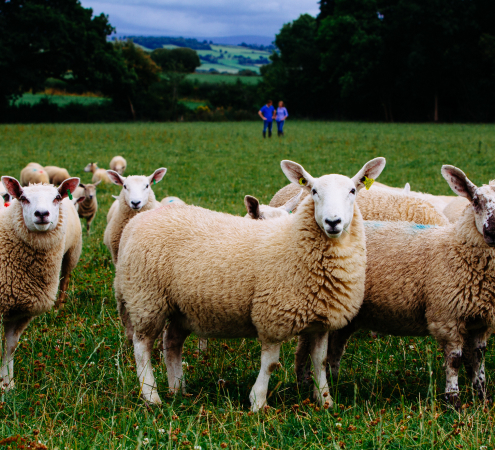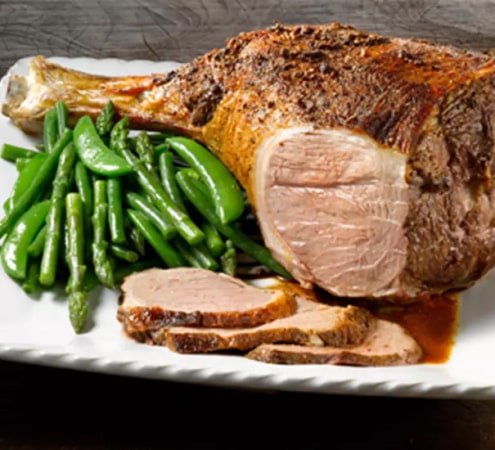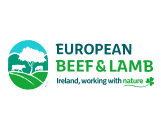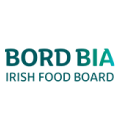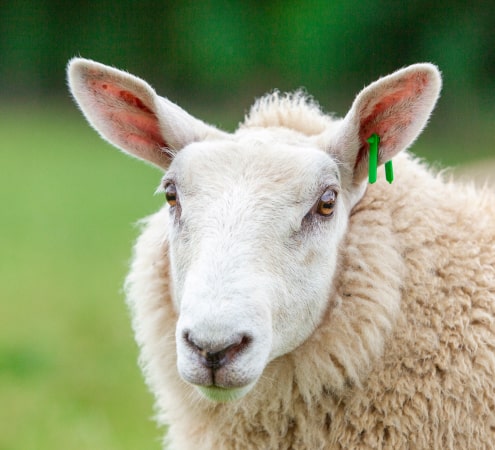
History

Sheep farming is an age-old tradition in Ireland. In earlier days, sheep were valued as much for their wool and milk as for their meat. Able grazers of both lush pastures and poorer, hilly land, they were managed in a form of open commonage that continues virtually unchanged, to the present day, in upland parts of the country. The agricultural revolution in the 18th century saw traditional Irish sheep breeds being replaced by larger breeds. Today, the main sheep breeds in Ireland are the Suffolk and Texel. Named after a village in County Galway the Belclare breed has also continued to grow in popularity. The Belclare has been developed in more recent times and is specifically suited for local conditions and it is noted for its increased fertility. The more traditional breeds of the Blackface, a hardy animal which predominates in the rocky western uplands, and the white-faced Cheviot, which is more common on the eastern hills, are still prevalent in Ireland’s hills and mountains. Individual regions have bred and refined their own distinct breeds and crosses that are adapted to the geography and farming in each local area. The Galway breed is popular on the fertile lowlands of the West. Similarly Connemara and Mayo blackfaces, Kerry and Wicklow hill lambs have been bred to thrive in their native rugged mountain ranges. In County Carlow a specific crossing of Suffolk and Cheviot sheep results in the “Borris ewe” - which is highly sought after as a fertile breeding animal.



